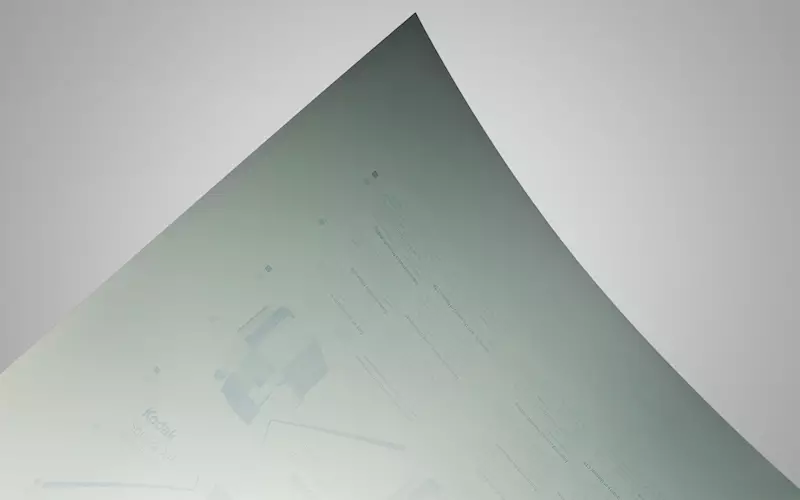Kodak Sonora process free plates
Looking for plates which are easy to make, and at the same time, environment-friendly? Kodak's new Sonora process free plates can be an option.
03 Dec 2014 | By Dibyajyoti Sarma
To begin with, Sonora plates are thermal plates. Thermal technology is usually preferred by commercial and packaging printers because of its stability and accuracy in imaging, enabling high-resolution jobs, consistent colour, and less waste on press. According to a market research, thermal is the dominant technology worldwide, but it is especially true in India, where about 85% of plate sales across all segments (in square meters) are thermal.
A new class
As the name suggests, Sonora plates are completely process-free, meaning, there is no processing step, no chemistry and no processing equipment. The plates are simply imaged on the CTP device and can go straight to press.
“While there are other process-free plates, they have certain limitations, such as short-run length capabilities, slow imaging speeds and weak visibility of latent image after exposure. Sonora plates are in a new class, combining the benefits of process-free with the productivity, print capabilities and excellent visibility of latent image, making operators’ lives easy, just like mainstream plates,” says Abhiram Sathe, senior manager, technical support from Kodak.
Environmental benefits
The environmental benefits of removing the processing step are clear. Printers eliminate all processing chemistry and waste, reduce water and electricity usage, eliminate the package waste associated with processing chemistry, and there is no processing equipment to continually clean, maintain, and ultimately dispose of.
Compared to Sonora, a printer using chemistry-free plates must still use a clean out solution and processing equipment. Replacing conventional developer with a clean out solution is a step in the right direction for printers wanting to be green, but process-free plates like Sonora plates let them go even further.
Economic benefits
Savings with Sonora plates include not just the tangible costs related to cutting out chemistry and using less water and energy, but also all the costs related to maintaining the processing equipment and disposing of chemistry. However, one of the biggest potential savings comes from eliminating the variability caused by processing, which can lead to poor quality plate remakes, additional waste on press, and more.
“With Sonora, we were able to eliminate the need of a processor to move plate-making in-house,” says Kurukshetra-based Vijayant Kumar Bindal of Crazy Offset, a Sonora plate user. “We can now address urgent customer needs and last-minute changes, along with a significant improvement in quality, owing to internal quality controls.”
The biggest advantage of Sonora is that it eliminates the need for additional workforce to run and maintain the processor. Plate-making can virtually be handled by only one person. It can be useful for newspaper houses as well; especially those who traditionally depend of violate technology. “For newspaper printers, who need to make deadlines, cutting out the processing step lets them get to press fast, and excellent stability reduces the risk of delays on press,” says Sathe.
Pune-based Akruti Offset recently adopted the processor-less technology and shifted a chunk of their pre-press operations to using Sonora plates. Girish Rao, director, Akruti quotes, says, “The quality of image reproduction that Sonora has delivered is fantastic. It is truly process-free, making plate-making and pre-press operations an effortless task.”
The shift to process-free
“With the ability to satisfy up to two-thirds of the world’s offset printing requirements, including the needs of sheetfed, heatset web, commercial coldset web, offset packaging, newspapers and short-run UV printers, Sonora plates have the potential to shift the industry to process-free plate-making,” said Arnab Maiti, national business manager for pre-press solutions and unified workflow solutions at Kodak.
Making the shift is easy, as Sonora plates are qualified on all of Kodak’s thermal CTP devices and many other popular thermal platesetters. In most cases, a simple optimisation of the platesetter for Sonora is all that’s required.
Sonora in brief
Plate type: Non-ablative, thermal, negative-working (write-the-image) plate; process-free
Substrate: Electrochemically grained and anodised aluminum
Gauges: 0.15 mm, 0.20 mm, 0.30 mm, and 0.40 mm











 See All
See All